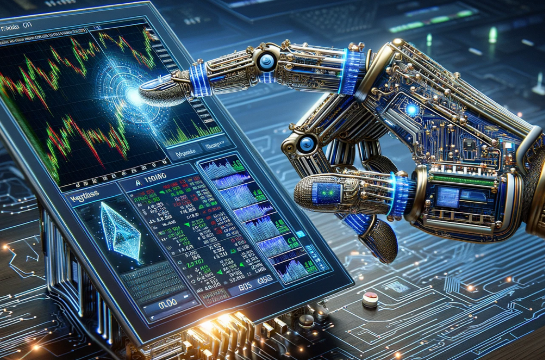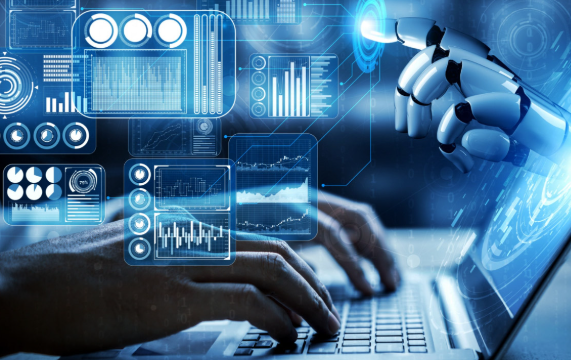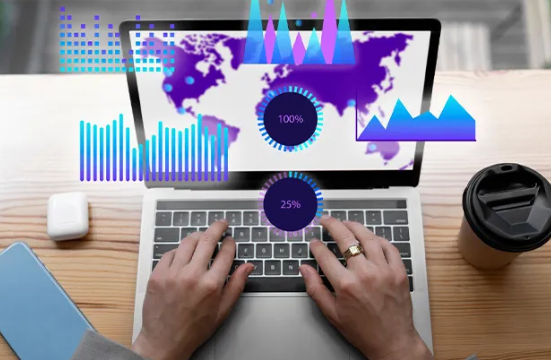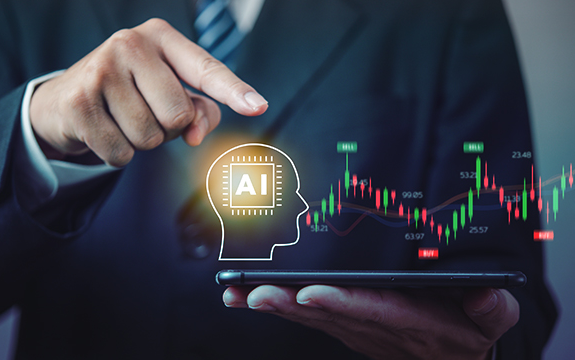The world of trading has undergone a seismic shift with the rise of artificial intelligence. Algorithms now execute trades in milliseconds, analyzing massive datasets beyond human capability. Yet, human traders still hold a key advantage—intuition, experience, and adaptability. So, in a battle between AI and human traders, who truly has the upper hand?
The Rise of AI in Trading
AI-driven trading, often referred to as algorithmic or quantitative trading, has revolutionized financial markets. These systems rely on complex machine learning models to predict price movements, manage risk, and execute trades without human intervention. High-frequency trading (HFT) firms, for example, leverage AI to make split-second decisions, capitalizing on minuscule price fluctuations that human traders would miss.
AI’s strengths lie in:
- Speed and Efficiency: AI can process vast amounts of data and execute trades in microseconds, far beyond human capability.
- Emotion-Free Trading: Unlike humans, AI does not suffer from fear, greed, or fatigue, making decisions based purely on data.
- Pattern Recognition: Machine learning algorithms detect hidden trends that may be invisible to human analysts.
The Human Edge
Despite AI’s dominance in data processing, human traders possess qualities that machines struggle to replicate.
- Intuition and Experience: Markets are influenced by news, geopolitical events, and economic policies that AI might not fully interpret.
- Adaptability: AI follows predefined rules, but humans can think outside the box and adjust strategies in response to unforeseen events.
- Market Sentiment Analysis: While AI can process social media trends and news feeds, it cannot always gauge market sentiment as effectively as seasoned traders.
The Hybrid Approach: Best of Both Worlds?
Rather than a direct competition, many firms now embrace a hybrid model, combining AI’s computational power with human insight. Traders use AI tools for data analysis and execution while applying their own judgment for strategic decisions.
For example, hedge funds use AI to screen stocks, but portfolio managers still oversee final investment choices. This symbiosis ensures that AI-driven efficiency is balanced with human reasoning.
The Verdict
So, who has the ultimate edge? The answer depends on the trading strategy. High-frequency and algorithmic trading favor AI, while discretionary trading, macroeconomic forecasting, and long-term investing still benefit from human expertise.
The future of trading isn’t about AI replacing humans—it’s about collaboration. Those who harness both will likely dominate financial markets in the years to come.





